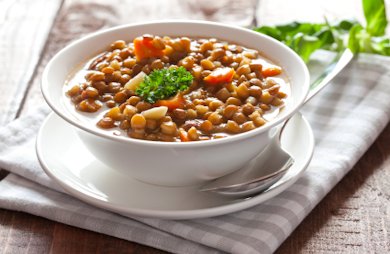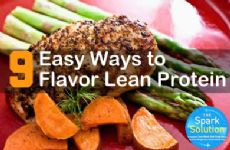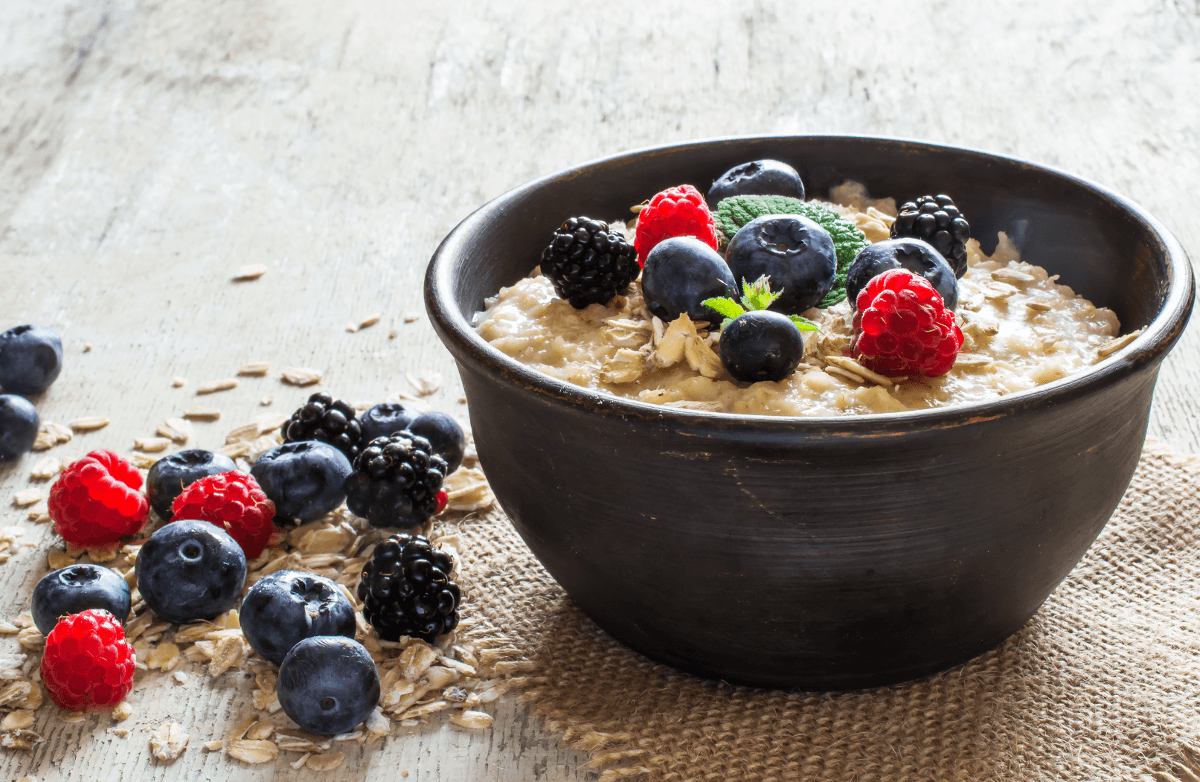|
If you're a vegetarian or vegan, you've probably been asked countless questions about how you get your protein. The truth is, it's not as hard as you might think to meet your protein needs when you're going meatless. However, some plant sources are higher in this important nutrient than others. Which veg-friendly food packs more protein: 4 ounces of tofu, 1 cup of cooked lentils, or 1 cup of cooked quinoa? The Winner: Lentils!  It's also important to note that both herbivores and omnivores often overestimate proper protein needs. The media is constantly pushing protein as the magic key for weight loss, especially in recent years. Although protein is important for satiety, muscle repair and other bodily processes, it's definitely not the only macronutrient that should be considered in a healthy diet—and getting more than what you need won't do any favors for your waistline or your health. Consume protein in moderation along with an appropriate level of carbohydrates and healthy fats, and you'll get all the nutrients you need to sustain health and long-term weight loss. Wondering how much protein you should eat per day, or how it fits into your macronutrient requirements? Find out with the chart below.
What's your favorite meatless way to get your protein? |
More From SparkPeople
|


.jpg)

















